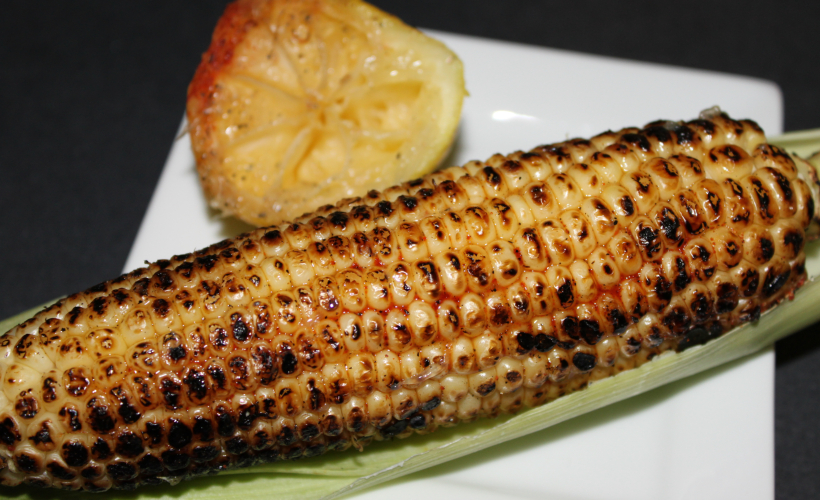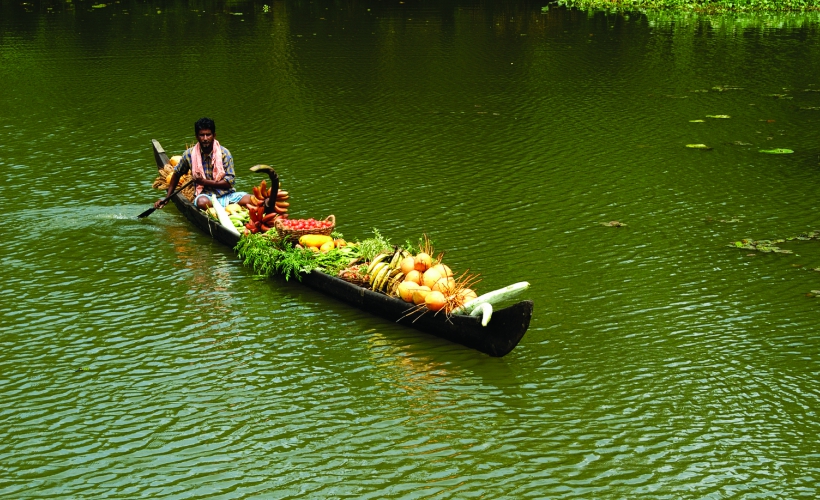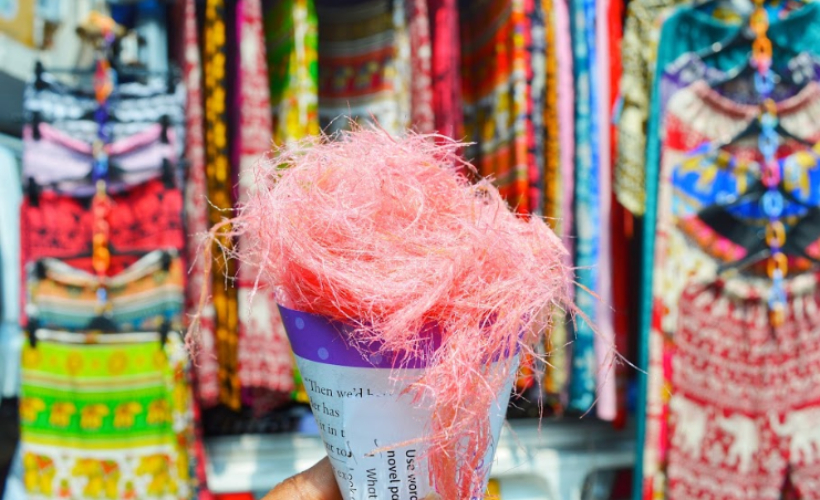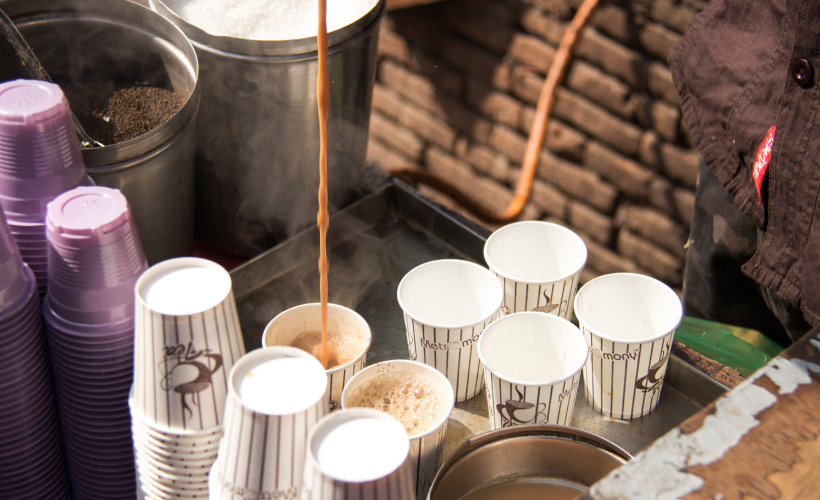
It is a truth universally acknowledged, that a cold, wet day will have a person in want of warm, comfort food. It is also a truth that India’s gastronomic delights can satisfy every palate. If you’ve already spent some time here, you’ll probably be acquainted with your local food joint that serves up everything from dal-chawal to Chicken 65. So what foods will hit the spot when the rains are lashing down? What foods are safe to eat? And what should one avoid? We’ve put together a guide to monsoon eating for you.
Bhutta (Corn on the Cob)
In almost every city, the rains also announce the arrival of the bhutta-seller. If you spot a cart with green cobs and a coal fire, head straight over. Select a cob with a fresh, bright green tight husk covering. You can ask the seller to pull back the husk, so you can examine the kernels. Pick one with plump kernels, tightly packed in rows. Then wait while the cob is roasted over a live coal fire, popping and sizzling in front of you. Once done, the bhutta is smeared with a lime wedge that has been dipped in a mix of salt and spices. The result is simply delicious.
Pakodas
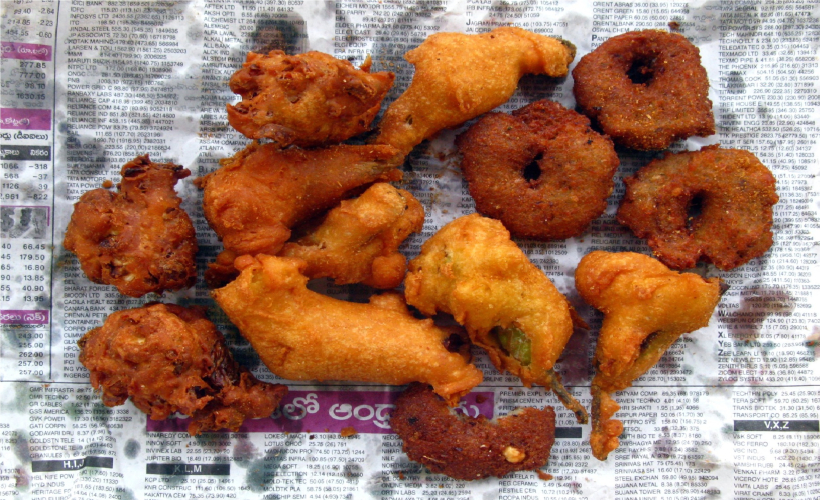
If you want to spot a street-seller making fresh pakodas, keep an eye out for a giant wok – that’s usually what the pakodas are fried in. Pakodas are made by deep-frying vegetables that are covered in a spiced gramflour coating. There are plenty of different types to sample – onion, potato, cauliflower, paneer. Best eaten when hot and crisp, pakodas are often served with a helping of chutneys. Avoid the chutneys in the monsoon – since it’s a cold item and needs no heat for cooking, the water used to make the chutney isn’t boiled or necessarily filtered.
Samosas
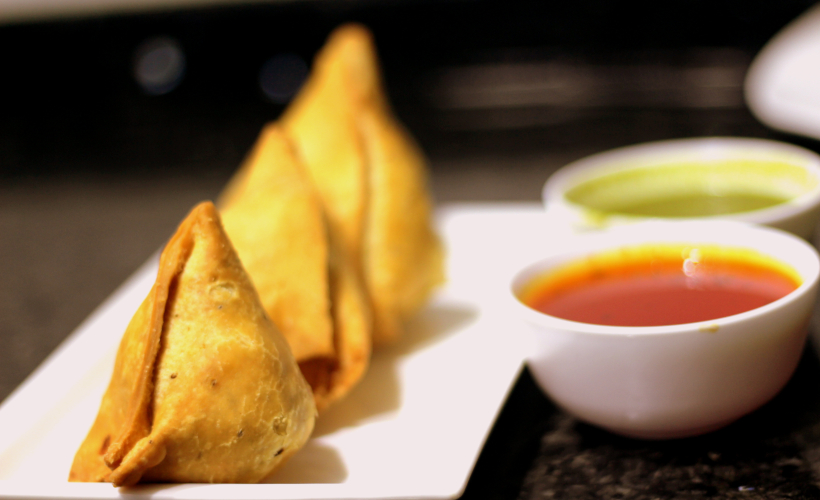
While pakodas usually involve a single vegetable, samosas and kachoris are filled with a mash of different veggies and meats, wrapped in a crisp flour packet. In our experience, street carts that sell pakodas will almost always sell samosas too. Samosas come in different shapes and sizes – from neat, tiny triangles that fit in your palm, to domed peaks that are bursting with stuffing. The fat, domed samosa is also called a Punjabi samosa, and is stuffed with a spicy potato and pea mixture. Small, triangle samosas, sometimes called cocktail samosas, come in a variety of stuffing – paneer, potato, mutton mince, chicken mince. Samosas are best eaten when crisp and hot, and are served with ketchup and chutneys. Once again, unless you trust the source of the water, avoid the chutneys.
Masala chai
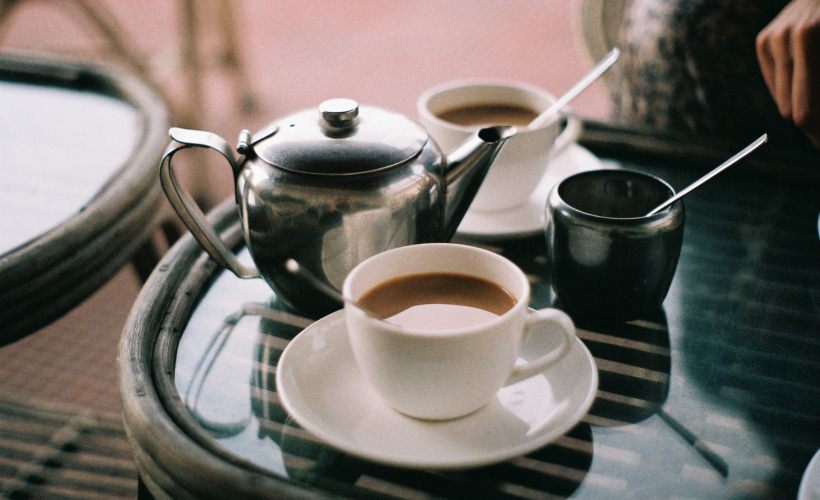
There’s no place on our streets where you can’t get a cup of chai. The ubiquitous thela (small street cart) vendor is always available to dole out freshly-brewed tea. Masala chai is made with a generous mix of tea leaves, ginger, cloves, cinnamon, cardamom, pepper and milk. Aside from warming your bones on a damp day, masala chai also contains natural benefits. Ginger is known to relieve digestive problems and support a healthy immune system. Ginger also produces heat in the body. Cardamom is related to ginger, and it helps combat acidity, bloating, and helps the body eliminate waste through the kidneys. If you prefer your tea without milk, you can easily pick up a pack of herbal ginger tea from any supermarket. Ginger and lemon tea, with a drop of honey, is as good as a thickly-brewed masala chai.
Momos/Dumplings
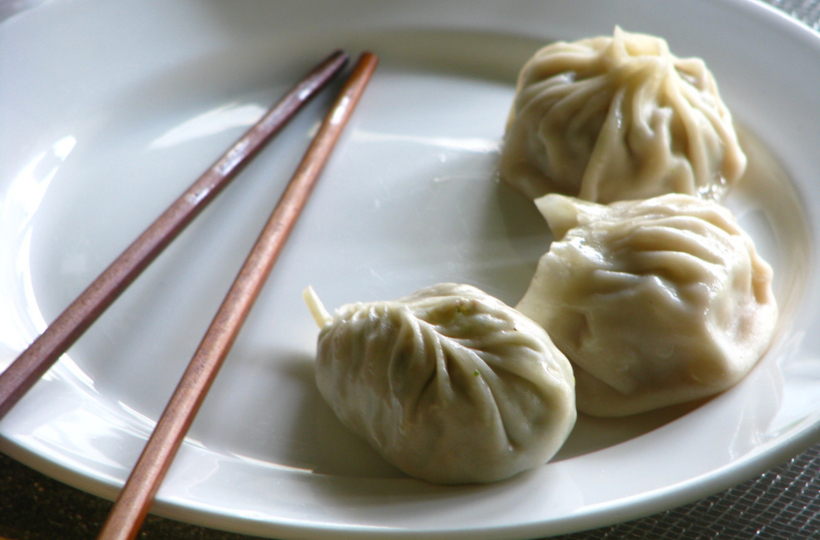
Momos are delicious dumplings, filled with veggies or meats, and steamed to perfection – think of them as the plump cousin of the sophisticated dimsum. Fried dumplings are usually called wantons, and the steamed ones are called momos. Delhi streets are dotted with momo-carts, and the healthy combination of stuffing and steamed dough with their soupy centres make momos a great monsoon snack. Vegetable momos are usually filled with a mix of peas, beans and onions, while meat momos are stuffed with flavoured chicken, lamb or pork. Momos taste best when dipped in a spicy garlic chutney.
Parathas
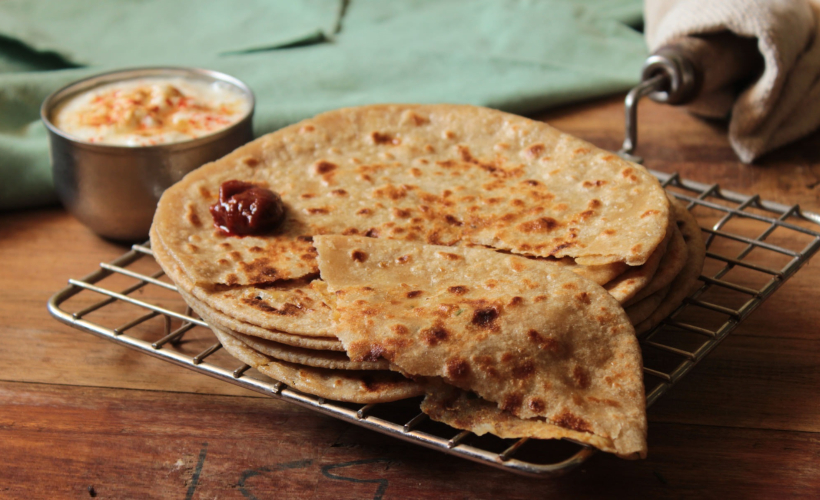
North India is well-known for its parathas, which are often eaten for breakfast or lunch or – just because of its high comfort quotient – that ungodly hour before dawn and after more drinks than one should. A paratha is a thick flatbread, filled with different flavours, fried on a griddle. A hot paratha, accompanied with some melting yellow butter, hits the spot on a cold day. Parathas come in a mind-boggling range of flavours, simply because if you can create a filling between 2 layers of flatbread, you can make a paratha. Aloo parathas are a breakfast favourite, where the bread is filled with a tangy and spicy potato mix, eaten with fresh, cold curd. There’s also gobi (cauliflower) paratha, paneer paratha, onion paratha, mooli (radish) paratha – and if you want to go back to basics, a simple, plain paratha.
Maggi Noodles
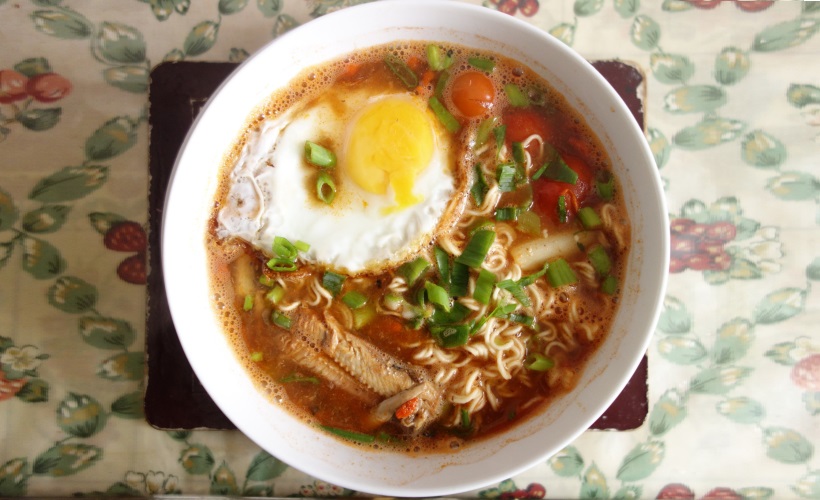
Maggi noodles, a Nestle product, was, at one time, the staple diet of every college-going kid in the hostel, and can safely be called India’s favourite comfort food. Instant ramen is hardly a term to begin describing its genius. Maggi Masala is the most popular flavour, and it can be found in every corner of India, from metro malls to tea shops in the mountains. You can try a plate of Cheesy Maggi, or Maggi Masala with vegetables. There are even street vendors who make Maggi with pizza sauce, Garlic Maggi and Onion Maggi. Slurp your way through a steaming plate of soupy noodles as the rain pours down.
Indian–Chinese soups
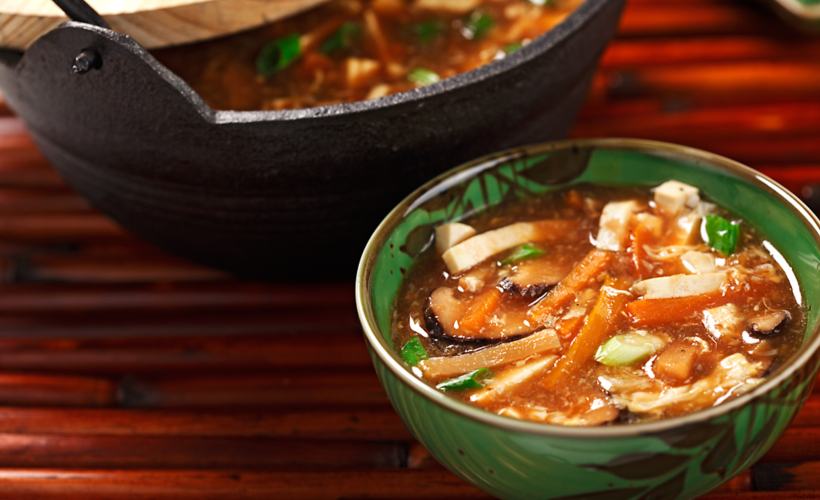
Leave behind standard flavours like Tomato, or Cream of Vegetable. It’s time to try our unique food style called Indian Chinese. On a damp day, a hot soup can do wonders. Find your local eatery and order in a Chinese Hot-n-Sour or a Sweet Corn soup. These soups come in Vegetarian and Non-vegetarian options. Enhance the flavour with some soy sauce or vinegar, and settle down in your blanket with a good book for company.
What should I be wary of?
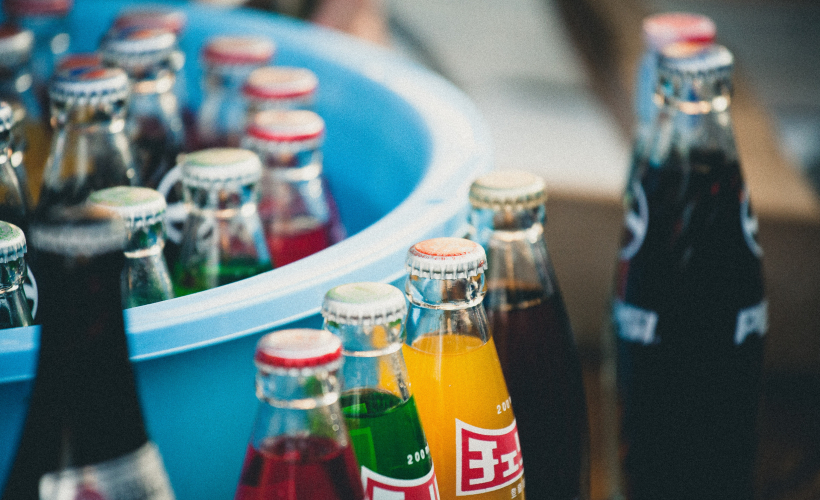
A general rule of thumb is that hot food, freshly cooked is a safe bet, whether fried or steamed. Avoid any food that has been sitting out for very long; not only is cold food unappetising, but the damp weather and flies can contribute to unclean items. Items like cut fruits, and snacks that have been put for display can be avoided.
Stay away from uncooked, unwashed, green leafy vegetables on the street or in small eateries. Unsanitary, humid storage conditions often precipitate worms and fungus in green leafy vegetables. Cooking over a hot flame usually takes care of any bacteria, which is why raw items like salads are avoidable.
Another rule of thumb, in India, is to avoid chutneys and sauces made with water. Unlike the West, municipal tap water in India is unpurified and needs to be treated before human consumption; chutneys and sauces do not need the water to be boiled. Street vendors and small local eateries often use tap water, and in the monsoons, incidents of water-borne diseases often rise. Stay away from the green chutney, unless you’ve checked and confirmed that it’s made with bottled water.
Welcome to the monsoons in India. Buckle up for an adventurous ride. You may love it or hate it, but you sure as hell won’t forget it!

